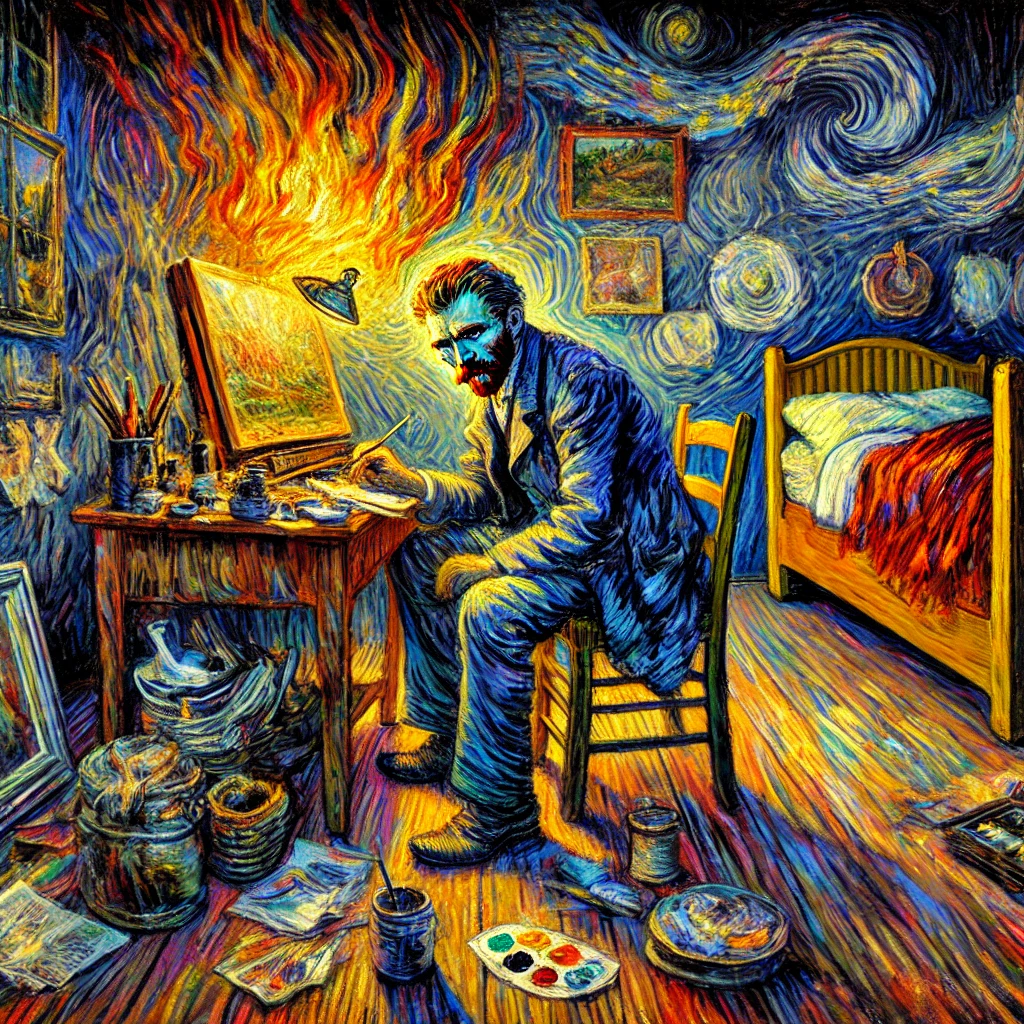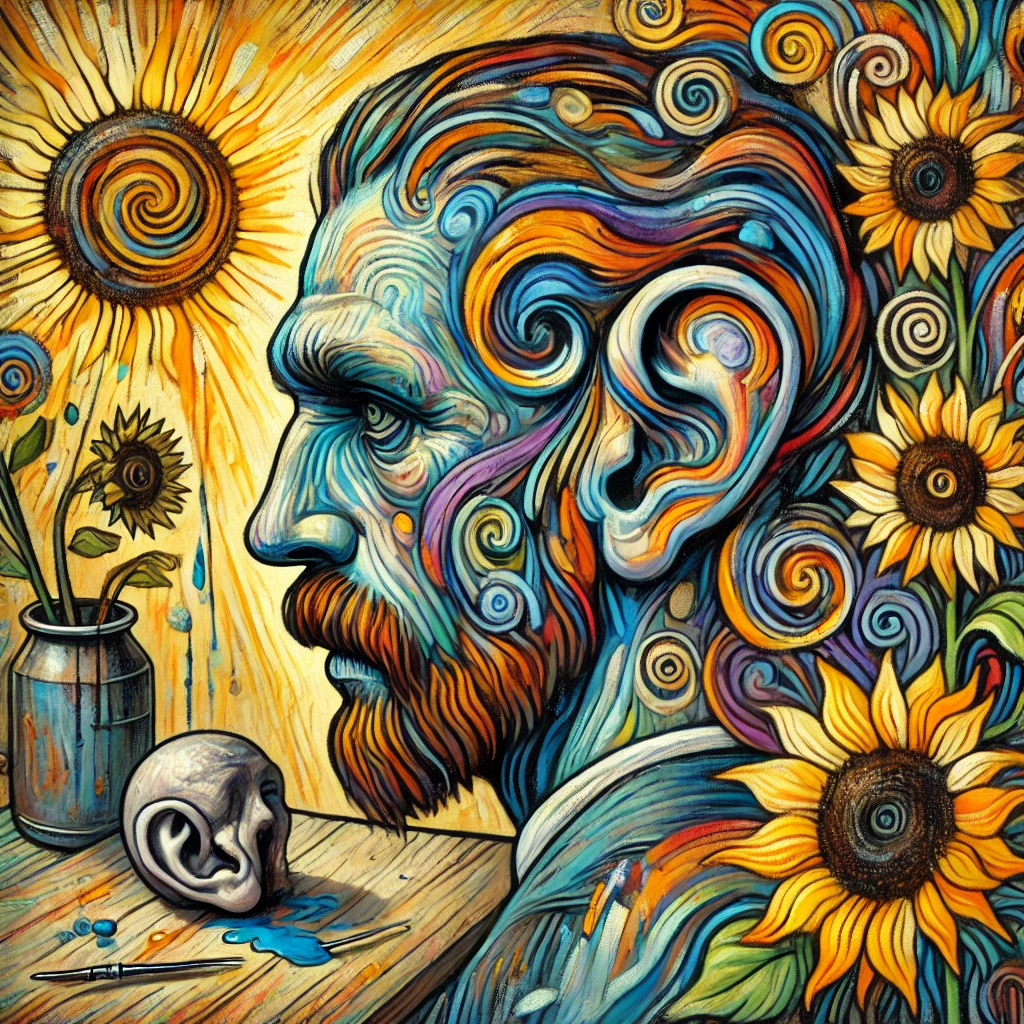On this day in 1888, the renowned artist Vincent van Gogh cut off part of his left ear during a moment of intense emotional turmoil. This incident is one of the most infamous episodes in art history, symbolizing both the fragility of the human mind and the complex relationship between mental health and artistic genius.

The Troubled Life of Vincent van Gogh
Vincent van Gogh’s life was marked by struggle, both internally and externally. Born in 1853 in the Netherlands, van Gogh faced numerous rejections and failures before turning to painting in his late twenties. His works, now celebrated worldwide, were largely dismissed during his lifetime, exacerbating his feelings of isolation and despair. By 1888, van Gogh was living in Arles, France, where he sought solace and inspiration in the sunlit landscapes and vibrant colors of the region. However, his mental health continued to deteriorate, fueled by poverty, loneliness, and an unrelenting passion for his art.
The ear incident occurred during a particularly volatile period in van Gogh’s life. He had invited fellow artist Paul Gauguin to stay with him in Arles, hoping to establish a creative partnership. However, their contrasting personalities and artistic visions led to frequent arguments. On December 23, following a heated confrontation, van Gogh succumbed to a fit of rage and self-harm, severing a portion of his left ear.
Significance in Art History

This act of self-mutilation shocked the art world and has since become a defining moment in van Gogh’s tragic narrative. The incident reflects the profound psychological struggles that plagued van Gogh, shedding light on the darker side of the creative process. It also underscores the intense emotional connection that many great artists have with their work—a connection that can sometimes lead to self-destructive behavior.
Van Gogh’s correspondence with his brother, Theo, provides valuable insights into his state of mind during this time. In these letters, van Gogh expressed both his torment and his unwavering commitment to his art. Despite his suffering, he continued to produce some of his most iconic works, including Starry Night and Sunflowers, which are now regarded as masterpieces.
Lasting Impact and Modern Reflections

The story of van Gogh’s ear has transcended the realm of art history, becoming a cultural touchstone for discussions about mental health and creativity. In recent years, it has inspired numerous books, films, and academic studies that explore the complex interplay between psychological suffering and artistic innovation. Van Gogh’s life serves as both a cautionary tale and a source of inspiration, reminding us of the importance of supporting mental well-being.
Today, van Gogh’s works are celebrated for their bold colors, emotional depth, and unique perspective. Museums dedicated to his art attract millions of visitors annually, and his legacy continues to inspire artists and admirers around the globe. The ear incident, though tragic, has contributed to the enduring fascination with van Gogh as a figure who epitomized both the beauty and the anguish of the human condition.
